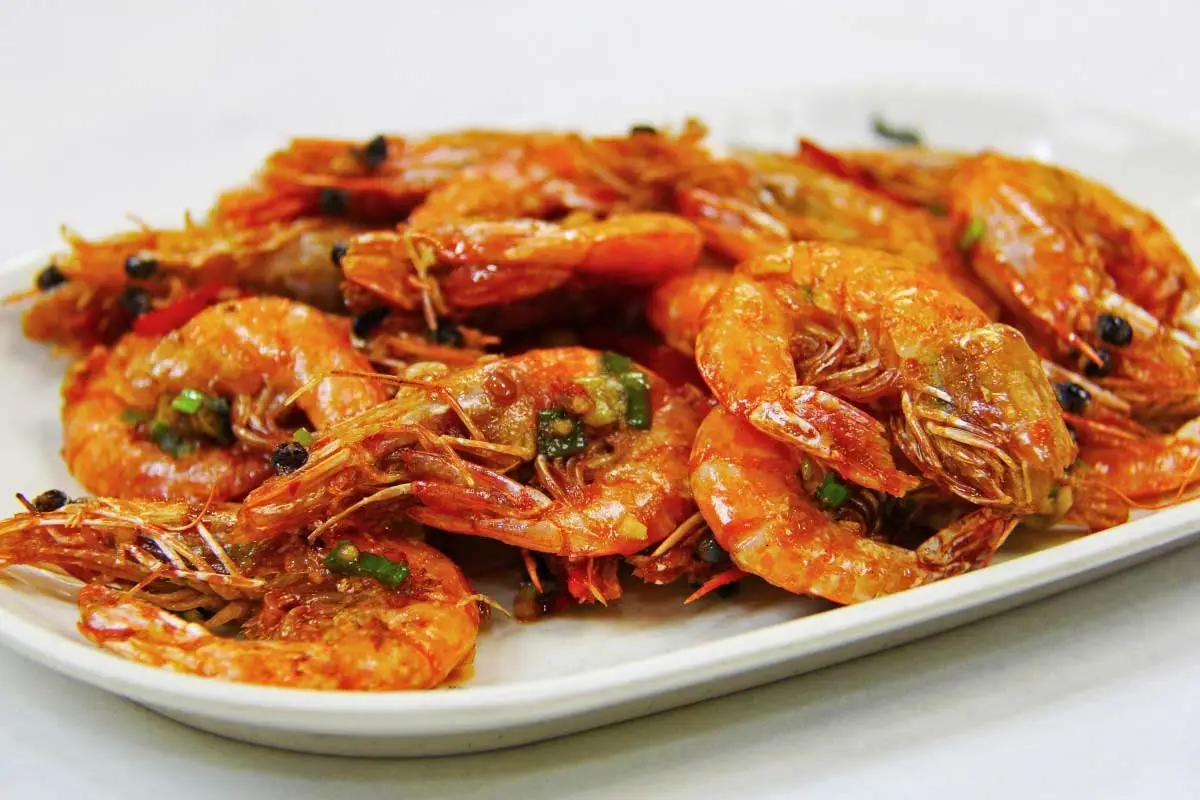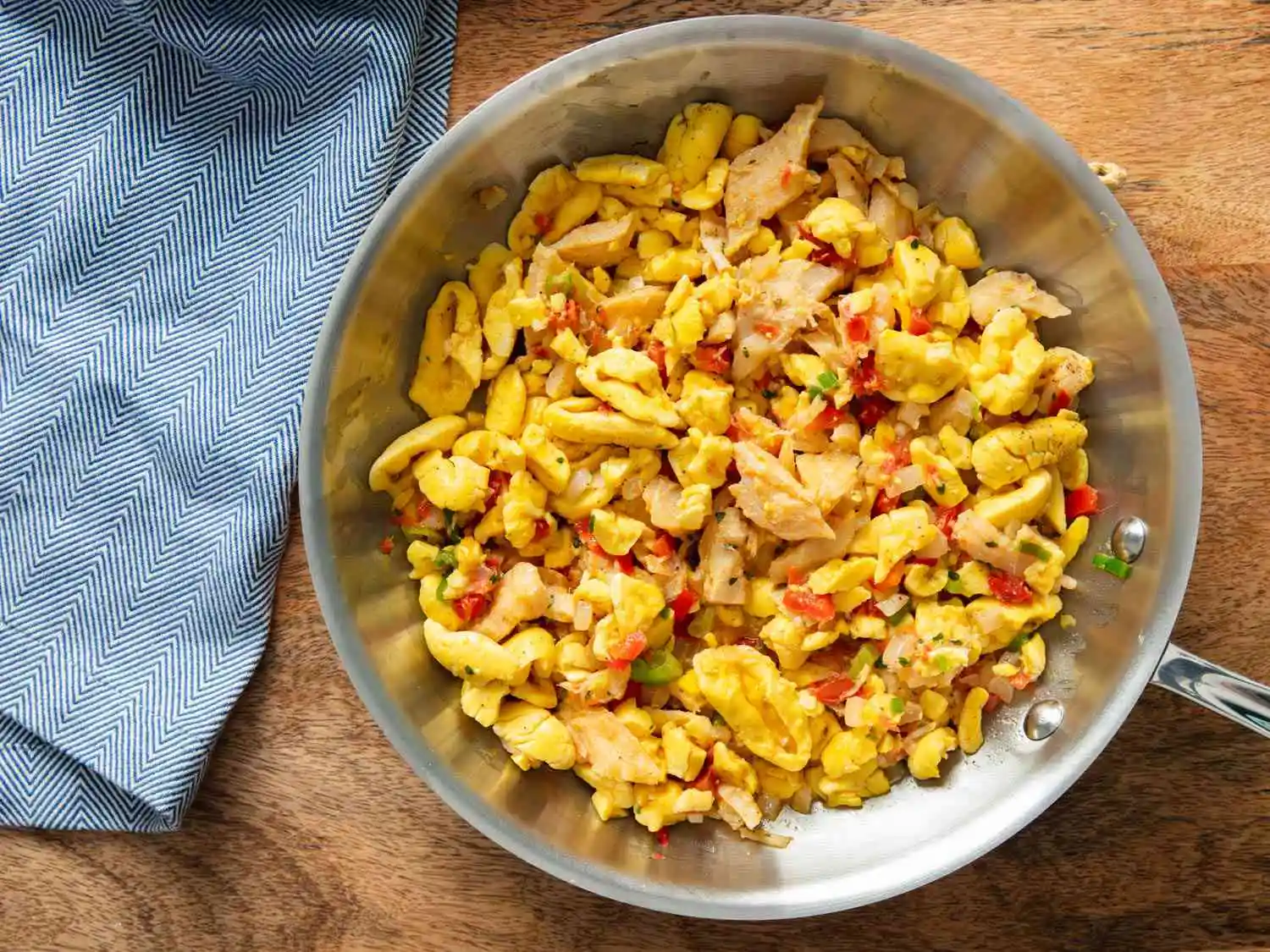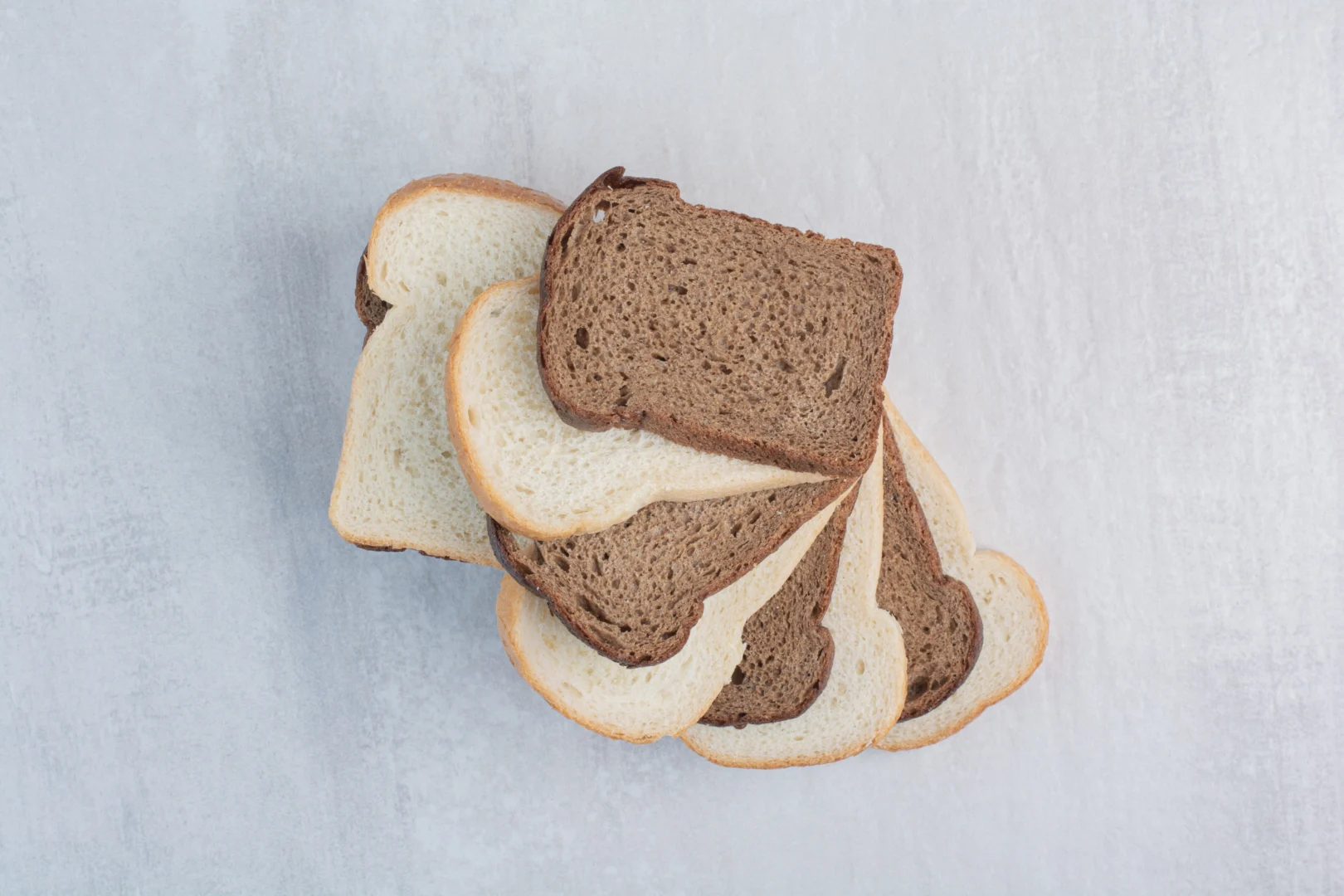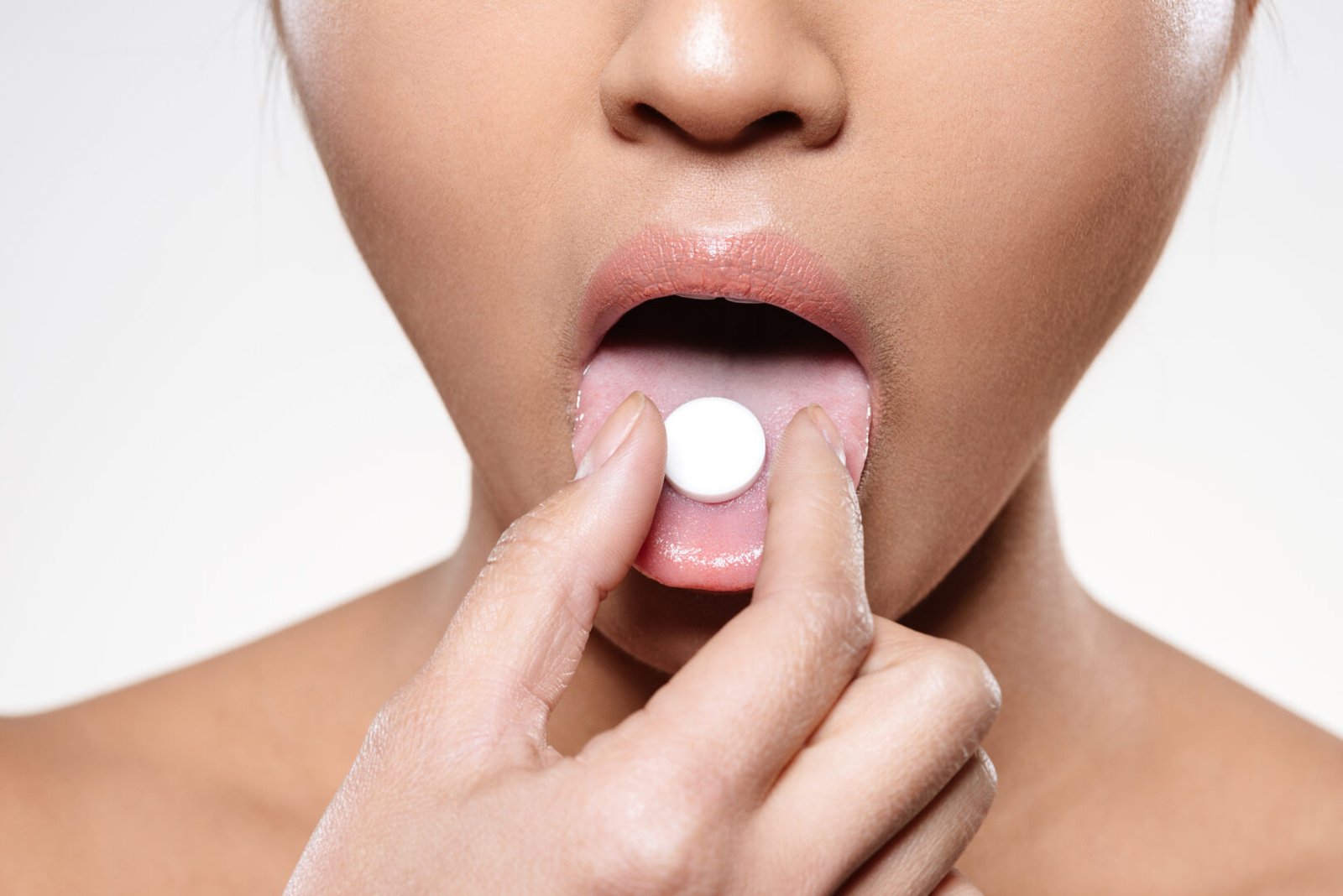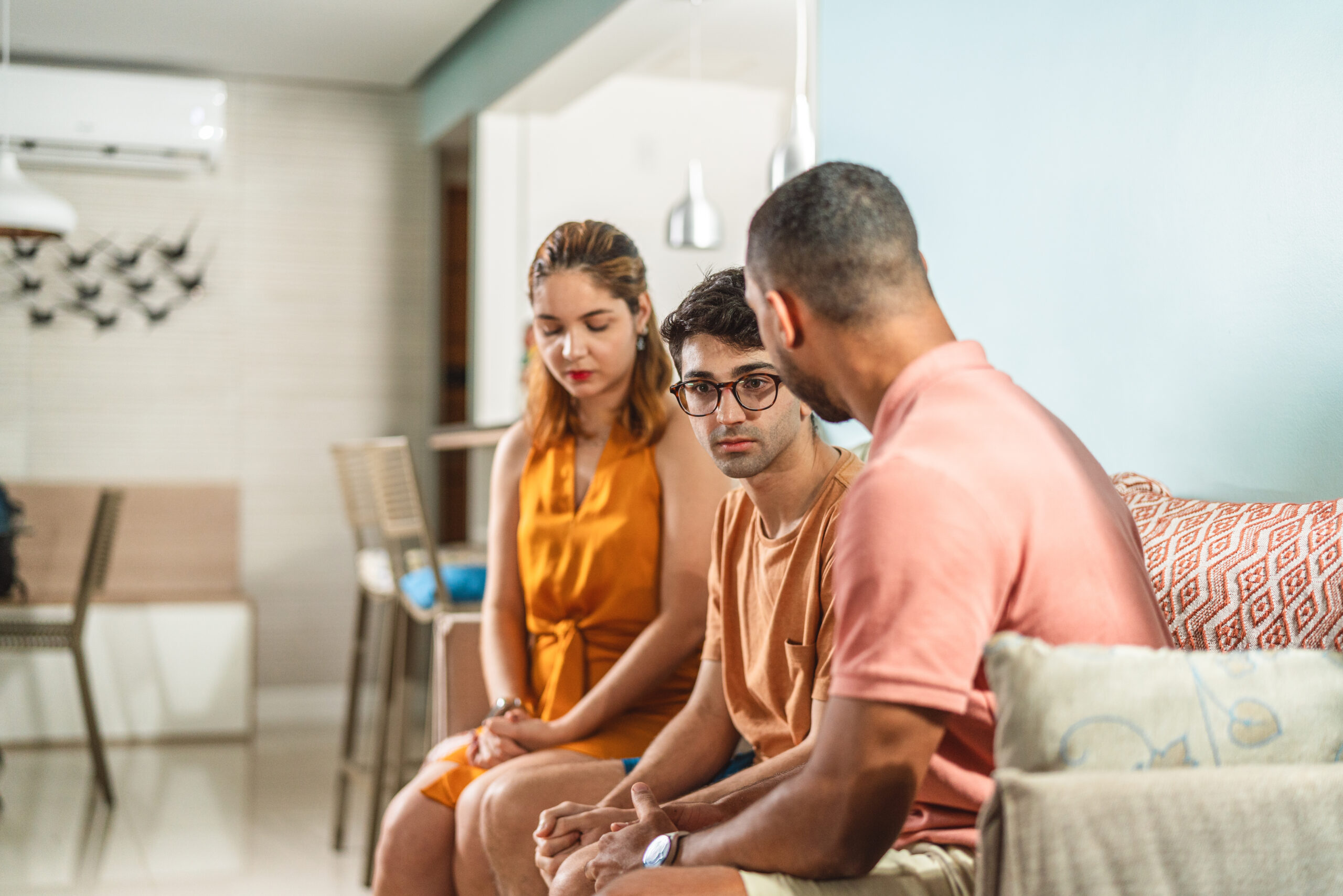Under Pressure: How I Lowered My Blood Pressure Naturally—and What You Need to Know
I didn’t see it coming. The numbers crept up quietly, silently, until one day my doctor looked at me with that all-too-familiar mix of concern and clinical urgency: “Your blood
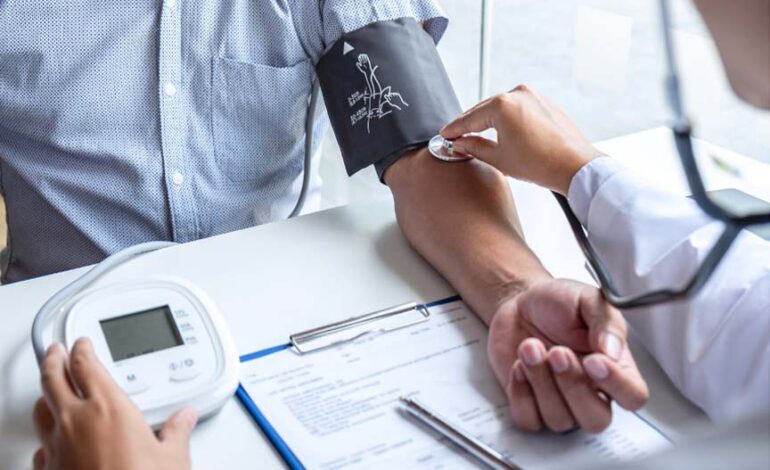
I didn’t see it coming. The numbers crept up quietly, silently, until one day my doctor looked at me with that all-too-familiar mix of concern and clinical urgency: “Your blood pressure is too high.”
I was relatively healthy—or so I thought. But I had joined the 1 in 2 adults in the U.S. with elevated blood pressure. I wasn’t ready to accept a lifelong prescription without exploring all my options first. So I took a step back, got curious, and made a series of small but powerful lifestyle changes.
This isn’t a story of quick fixes or miracle hacks. It’s a story about reclaiming health, one day, one decision, one heartbeat at a time.
Who Is Most Affected by High Blood Pressure?
High blood pressure (also called hypertension) doesn’t discriminate, but some groups are at greater risk than others.
By Gender
- Men tend to develop high blood pressure earlier in life—often by their 40s or 50s.
- Women, especially after menopause, often catch up and surpass men in hypertension rates. Hormonal changes, increased stress, and body composition shifts are all contributing factors.
By Race and Ethnicity
- Black Americans are disproportionately affected. They develop high blood pressure more often, at younger ages, and with more severe outcomes—such as stroke, kidney failure, and heart disease.
- The reasons are complex: genetics, systemic stress, environmental factors, healthcare access, and dietary patterns all play a role.
- Latino and Asian populations are also at risk, particularly if diets are high in sodium and processed foods.
No matter your background, one fact remains: high blood pressure often has no symptoms until it becomes dangerous. That’s why awareness, prevention, and action are so critical.
How to Shop Smart and Avoid Hidden Sodium
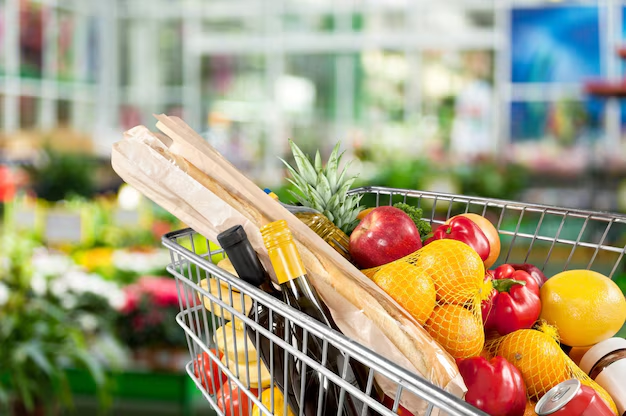
You might think salt only comes from the shaker, but over 70% of sodium intake comes from packaged and restaurant foods. That includes some surprising culprits:
- Breakfast cereals
- Deli meats
- Canned soups and sauces
- Breads and wraps
- Frozen meals
- Instant noodles
- Salad dressings
- “Healthy” snacks like protein bars or veggie chips
Smart Shopping Tips:
- Read the label: Look for “sodium” and aim for less than 140mg per serving (this is considered low sodium).
- Beware of serving sizes: What looks like one package may actually contain two or more servings—doubling or tripling your sodium intake.
- Watch for misleading terms: “Reduced sodium” just means it has 25% less than the original—which might still be too much.
- Shop the perimeter: Focus on fresh produce, lean meats, and whole grains. Avoid the middle aisles filled with processed goods.
- Cook from scratch when possible: Home-cooked meals give you total control over ingredients, including salt.
Is Some Salt Better Than Others?
There’s a growing trend toward Himalayan pink salt, sea salt, and Celtic salt, often marketed as “healthier” alternatives to table salt. But here’s the truth:
- All salts contain sodium, the compound responsible for raising blood pressure.
- Specialty salts may have trace minerals (like magnesium or potassium), but not in meaningful amounts for health.
- The real difference is how much you’re using, not what kind.
If you’re trying to manage blood pressure, the key isn’t switching salt types—it’s using less salt overall and enhancing flavor with herbs, spices, citrus, or vinegar instead.
Breathe Like It Matters—Because It Does
Most of us breathe shallowly, unaware of how disconnected we’ve become from our own bodies. Deep breathing exercises—especially diaphragmatic or “belly” breathing—can stimulate the parasympathetic nervous system and reduce blood pressure almost immediately.
Try this: inhale for 4 seconds, hold for 7, exhale slowly for 8. Do this for five minutes a day. It sounds simple, but the science behind it is profound. When stress drops, so does your pressure.
1. Salt Isn’t the Enemy—But It Isn’t Your Friend Either
You don’t have to quit salt cold turkey, but it helps to be conscious. Excess sodium causes the body to retain water, increasing the volume of blood your heart must pump. That’s where pressure builds.
Start by avoiding ultra-processed foods, which account for over 70% of the average person’s sodium intake. Focus instead on natural flavor enhancers: garlic, turmeric, lemon, ginger, and potassium-rich herbs like parsley and basil.
2. The Blood Pressure Superfoods You’re Not Eating
There’s no one-size-fits-all diet, but certain foods are proven to support heart health. Think of them as quiet warriors on your plate:
- Beets – High in nitrates that help widen blood vessels
- Leafy greens – Rich in potassium and magnesium
- Berries – Antioxidants that improve artery flexibility
- Oats – Soluble fiber to reduce artery-clogging cholesterol
- Garlic – Natural vasodilator with antimicrobial perks
These foods don’t just feed your body—they train your circulatory system to function better.
3. Move to Live—Not Just to Lose Weight
You don’t need to run marathons. In fact, you don’t even need a gym membership. But you do need movement—daily, rhythmic, consistent movement. Walking 30 minutes a day can lower blood pressure as effectively as some medications.
It’s not about calorie burning; it’s about circulation, oxygenation, and mood. When your body moves with ease, your blood does too.
4. Cut the Caffeine Chaos
I didn’t want to believe this one, but my morning ritual was part of the problem. Caffeine doesn’t affect everyone the same way, but for some, even one strong cup can spike blood pressure for hours.
If you suspect you’re sensitive, try switching to green tea or herbal blends. Your body’s response might surprise you—and your energy might improve without the jitters.
5. Heal Your Sleep, Heal Your Heart
Poor sleep increases cortisol, blood sugar, inflammation—all of which elevate blood pressure. Prioritizing sleep is not indulgent; it’s medicinal.
Create a non-negotiable bedtime ritual. Darken the room. Power down the screens. Create quiet. The quality of your sleep tonight shapes the resilience of your heart tomorrow.
Read About: Blood Pressure: What Causes It to Rise—and How to Bring It Down Naturally
When to Worry—And When to Seek Help
High blood pressure is often called the “silent killer” for a reason—it can quietly damage your heart, brain, kidneys, and eyes without causing obvious symptoms.
When You Should Take Action Immediately:
- You get a reading of 180/120 or higher – this is a hypertensive crisis.
- You feel chest pain, shortness of breath, blurry vision, confusion, or weakness on one side of your body.
- You’re pregnant and notice swelling, severe headaches, or changes in vision (potential signs of preeclampsia).
When to Seek Medical Advice:
- Your blood pressure consistently reads above 130/80, especially if you have other risk factors like diabetes or high cholesterol.
- You’ve been diagnosed with high blood pressure and want to try natural methods alongside or in place of medication (with your doctor’s support).
- You’re experiencing frequent fatigue, headaches, or anxiety that you suspect could be related to cardiovascular strain.
There’s no shame in needing medical treatment. But there’s also no harm in giving your body every chance to heal naturally, if possible.
What I’ve Learned
Blood pressure is a mirror. It reflects more than just our biology—it reflects how we eat, how we move, how we rest, and how we respond to life.
Lowering it doesn’t require perfection. It just requires consistency, honesty, and intention.
If you’ve been told your pressure is high, take it seriously. But also take it as an invitation: to nourish your body more deeply, to be present with yourself, and to walk each day toward vitality—not fear.
By Ravoke News Desk for Ravoke.com


